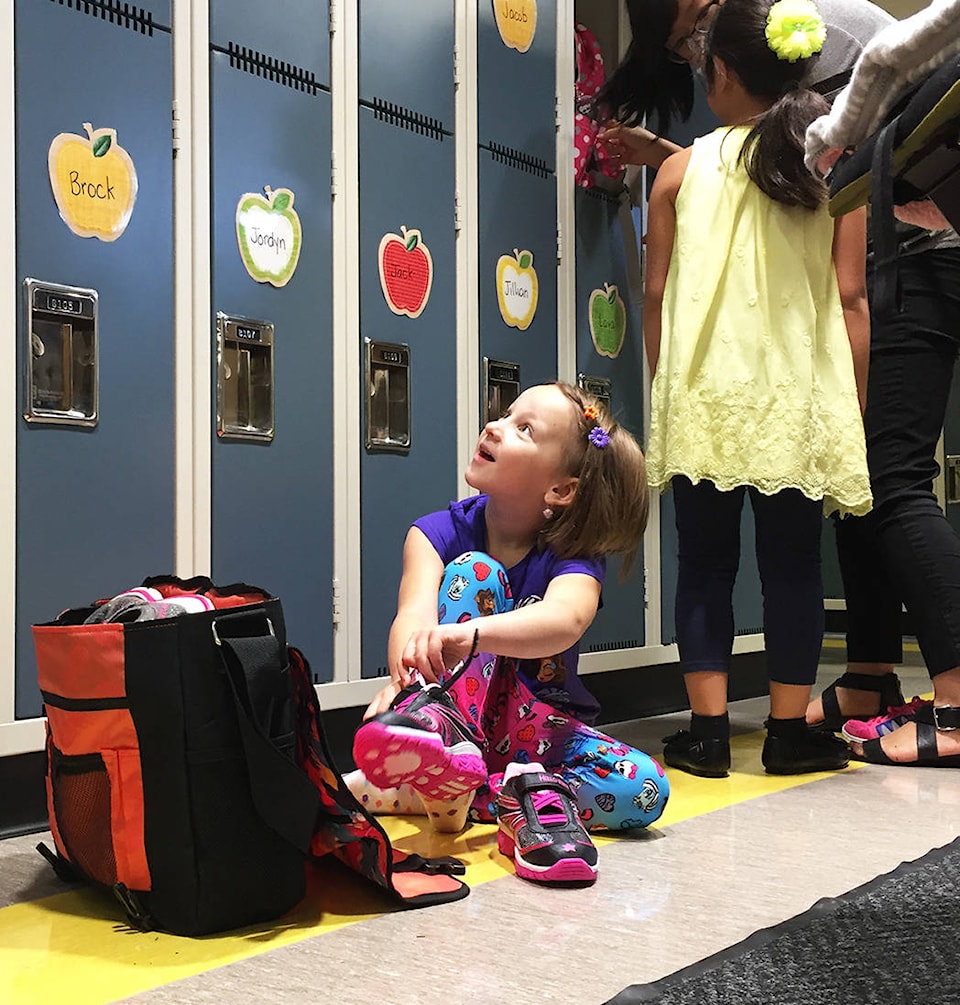Every student in Alberta has funding that comes to their school division, but the amount received may depend on where a student learns.
In general terms, basic per student funding is provided to all forms of K-12 education — be it public, separate or francophone school divisions as well as charter and private schools.
“The province provides a base student enrolment grant, as well as a number of other grants based on student demographic and geographic factors. This constitutes the majority of the funds used by public, separate, francophone and charter school authorities,” explained Lindsay Harvey, press secretary for Alberta’s minister of education David Eggen.
“These school authorities may also raise funds through dedicated fundraising efforts, as well as through school fees, though fee schedules must be in accordance with the rules instituted last year. Private schools can also charge tuition.”
Charter schools are autonomous non-profit schools that provide education to specific groups of students through a specifically designed program to meet their needs, while private schools operate independently though must meet certain Alberta Education requirements.
Students that are home schooled are also funded by the province, though the method allows more flexibility in just how the student learns. The Home Education Regulation states not less than 50 per cent of the per student funding for a home schooled student must go to the parents providing the program. As well, charter schools are not eligible for home education funding.
“School boards or private accredited schools supervise most home education programs in the province and funding is provided to these authorities,” Harvey noted.
In the last school year (2017-18), schools supervising home school students received approximately $1,671 per student.
Where the real contentious issues have come lately is in the area of private schools, many of which are faith-based. Some of those were party to a recently failed court challenge of the province’s legislation concerning gay-straight alliances (GSA) in schools.
These schools were, by June 30, to comply with the Education Act and have policies in place to ensure students can create and join a GSA without parental or school permission needed.
There are three types of private schools in the province — registered, accredited and accredited-funded.
“Only accredited-funded private schools receive funding directly from the government,” stated Harvey.
“They receive either 60 or 70 per cent of the per-student base funding that public separate, and francophone schools receive — based on a number of criteria.”
These schools, which can charge tuition, may offer different learning options than those that might be available in any of the other school systems.
However, all provincially funded schools — public, separate, francophone, charter or private accredited-funded — are expected to teach the same provincial curriculum. Home schooling programs may follow that curriculum, though those that don’t must follow the learning outcomes listed in the Home Education Regulations.
In addition to the per student funding, additional money is available to school divisions for various programs and transportation. However, charter and private schools are limited in what additional funds can be applied for. These include money for education for students with severe disabilities, operation and maintenance, English as a second language and extra early childhood education programming.
